
Join 10k+ people to get notified about new posts, news and tips.
Do not worry we don't spam!
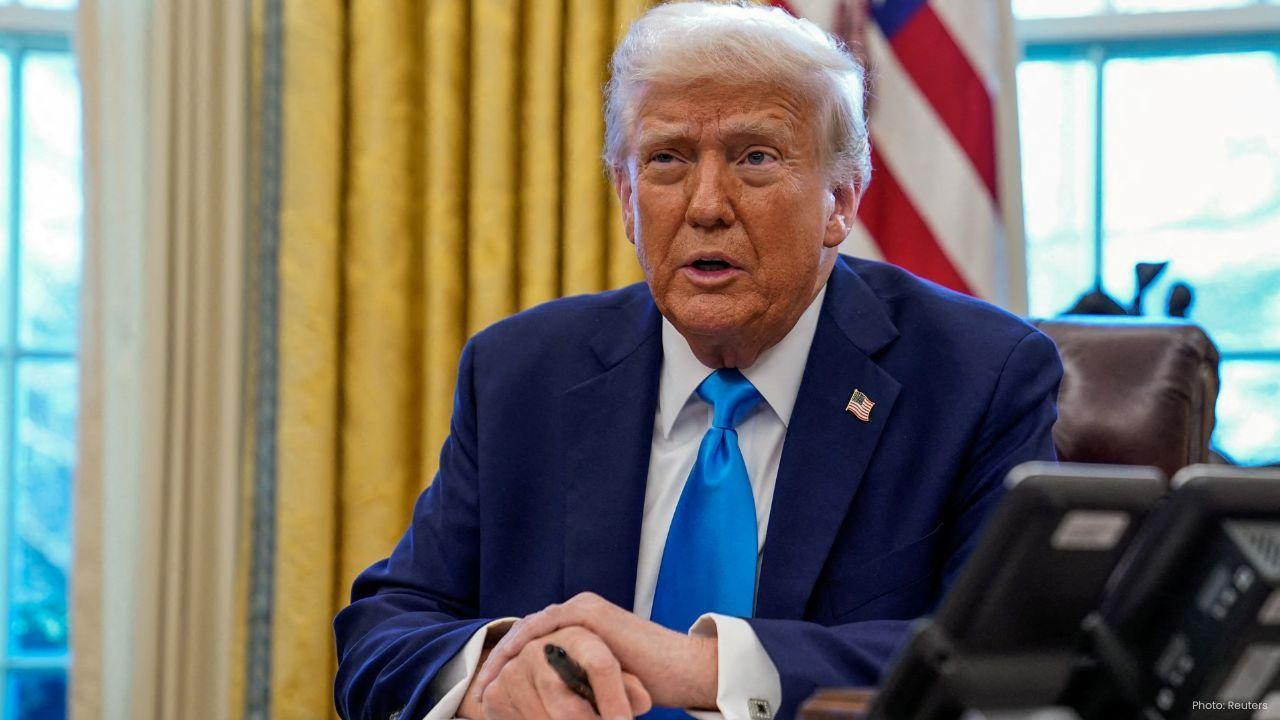
Post by : Minna
On August 25, United States President Donald Trump welcomed South Korea’s new leader, President Lee Jae Myung, to the White House for the first time. The meeting came at an important moment, as the two allies continue to balance cooperation in trade, defence, and peace on the Korean Peninsula.
During the talks, President Trump made headlines by saying he was ready to meet North Korea’s leader, Kim Jong Un, sometime in 2025. Trump told reporters in the Oval Office, “I’d like to meet him this year. I look forward to meeting with Kim Jong Un in the near future.”
The comment was seen as another attempt to revive diplomacy between Washington and Pyongyang, even though past efforts from 2017 to 2021 did not produce a deal to end North Korea’s nuclear weapons program.
Trade Talks and Investments
While the leaders expressed goodwill, both sides are still debating several issues. A major trade deal was signed in July that saved South Korean exports from harsher American tariffs. As part of that deal, South Korea promised to invest nearly US$350 billion in the United States.
However, questions remain on matters such as nuclear energy, military spending, and how exactly those investments will be implemented.
After the White House meeting, President Lee attended a business forum with senior American officials and CEOs from major South Korean and U.S. companies. To mark the visit, South Korea’s flag carrier, Korean Air, announced the biggest aircraft order in its history—purchasing 103 planes from Boeing.
North Korea’s Silence
Despite Trump’s public remarks, North Korea has remained silent. Pyongyang did not respond directly to Trump’s call for talks. Instead, state media repeated accusations that U.S.-South Korea joint military drills were evidence of Washington’s plans to “occupy” the Korean Peninsula and threaten countries in the region.
Since Trump’s return to the presidency in January, Kim Jong Un has ignored repeated American calls for dialogue. Observers say that North Korea is focused on continuing to develop nuclear weapons and long-range missiles.
A Warm Welcome from Lee
Unlike some recent foreign visitors who clashed with Trump during Oval Office meetings, President Lee kept a friendly and respectful tone. He praised Trump’s peacemaking efforts, even recalling that he had read Trump’s famous book The Art of the Deal to prepare for their meeting.
“I hope you can bring peace to the Korean Peninsula, the only divided nation in the world,” Lee told Trump. He jokingly suggested that Trump could even build a “Trump World” real estate complex in North Korea, with a golf course where both leaders could play together.
Lee also invited Trump to attend the upcoming Asia-Pacific Economic Cooperation (APEC) summit in October. He suggested that such an occasion could be an opportunity for Trump to meet Kim Jong Un in person.
Nuclear Concerns Continue
Speaking later at the Centre for Strategic and International Studies in Washington, President Lee warned that sanctions alone have not stopped North Korea’s weapons program.
He explained that North Korea now has the capacity to build between 10 and 20 nuclear warheads every year. The country only needs to perfect a re-entry vehicle—technology that allows a warhead to survive returning through Earth’s atmosphere—to make its missiles a direct threat to the United States.
Tensions in Domestic Politics
The meeting also touched on some sensitive issues inside South Korea. Trump told reporters that he wanted to raise “intel” he had received about South Korean investigations targeting churches and even a military base.
Recently, Seoul police raided Sarang Jeil Church, led by evangelical preacher Jun Kwang-hoon, who has been a vocal supporter of former president Yoon Suk Yeol. Prosecutors also investigated a military base, jointly operated with U.S. forces, connected to Yoon’s attempt to declare martial law before leaving office.
Although South Korean officials clarified that American troops and equipment were not affected, Trump expressed concern. These issues highlight the strong role of religion and politics in South Korea’s far-right movements, which see Yoon as a victim of political persecution.
U.S. Troops and Defence Costs
Another key subject was the presence of nearly 28,500 American troops in South Korea. Trump has often described South Korea as a “money machine” that benefits from U.S. protection while not paying enough for defense.
During the Oval Office talks, Trump hinted that Seoul may need to increase its defence spending. He even suggested the possibility of the U.S. gaining ownership of “the land where we have the big fort,” which was understood to be a reference to Camp Humphreys, the largest U.S. military base overseas.
When asked directly whether he planned to reduce troop numbers, Trump did not give a clear answer. He said, “I don’t want to say that now,” leaving the matter open to speculation.
President Lee, however, had told reporters earlier that it would be very difficult for South Korea to agree to U.S. requests for “flexibility.” This term refers to allowing American troops in Korea to take part in broader regional operations, including possible missions related to China.
A Complicated Relationship
The U.S.-South Korea alliance is built on both cooperation and tension. Washington continues to provide a nuclear umbrella and security guarantees for South Korea, but disagreements remain over costs and strategy. At the same time, both countries depend on each other for trade and technology.
The August 25 summit reflected both the strength and the strains of this partnership. Trump sought to press Seoul on defence spending, while Lee emphasized peace and economic cooperation.
Most of all, Trump’s unexpected announcement of his desire to meet Kim Jong Un revived memories of his earlier diplomacy. Whether such a meeting will happen—and whether it will produce results—remains uncertain.
As the year moves forward, both Trump and Lee face important challenges. For Trump, balancing diplomacy with North Korea while pushing South Korea for more defence contributions will test his leadership. For Lee, managing political divisions at home while strengthening ties with Washington will be equally difficult.
Donald Trump Kim Jong Un meeting, South Korea US trade talks, Lee Jae Myung Trump summit

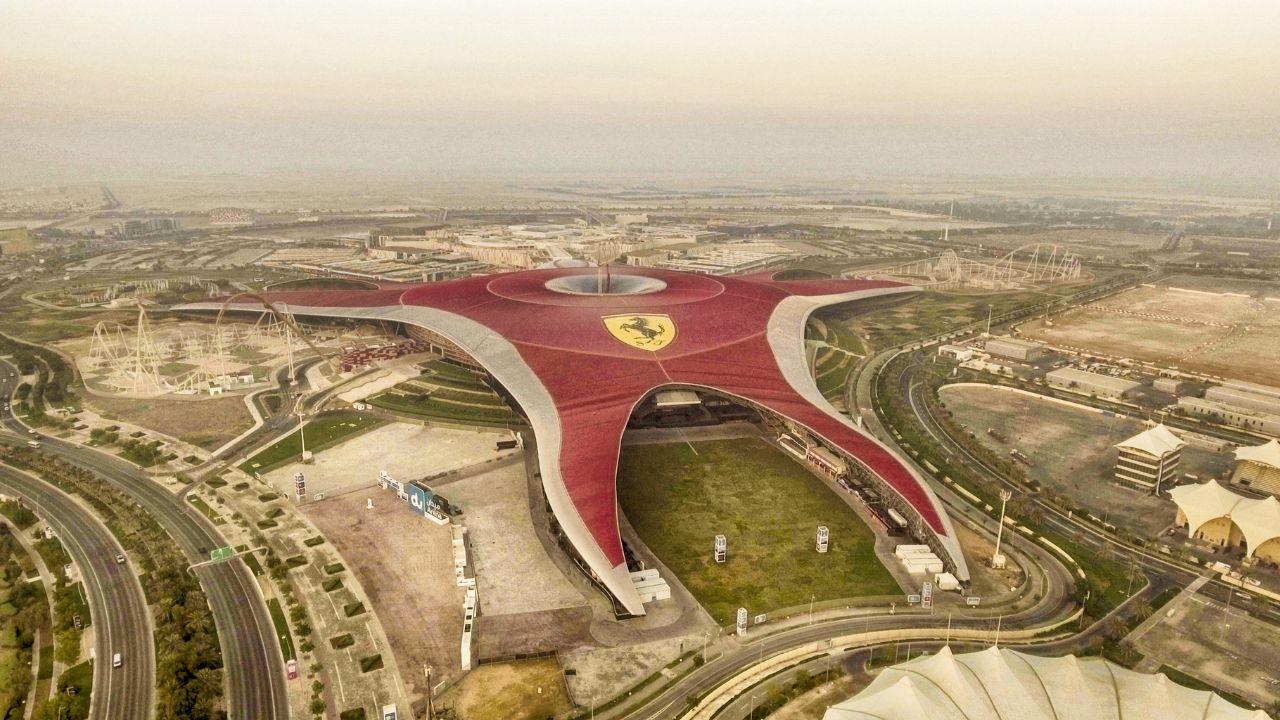
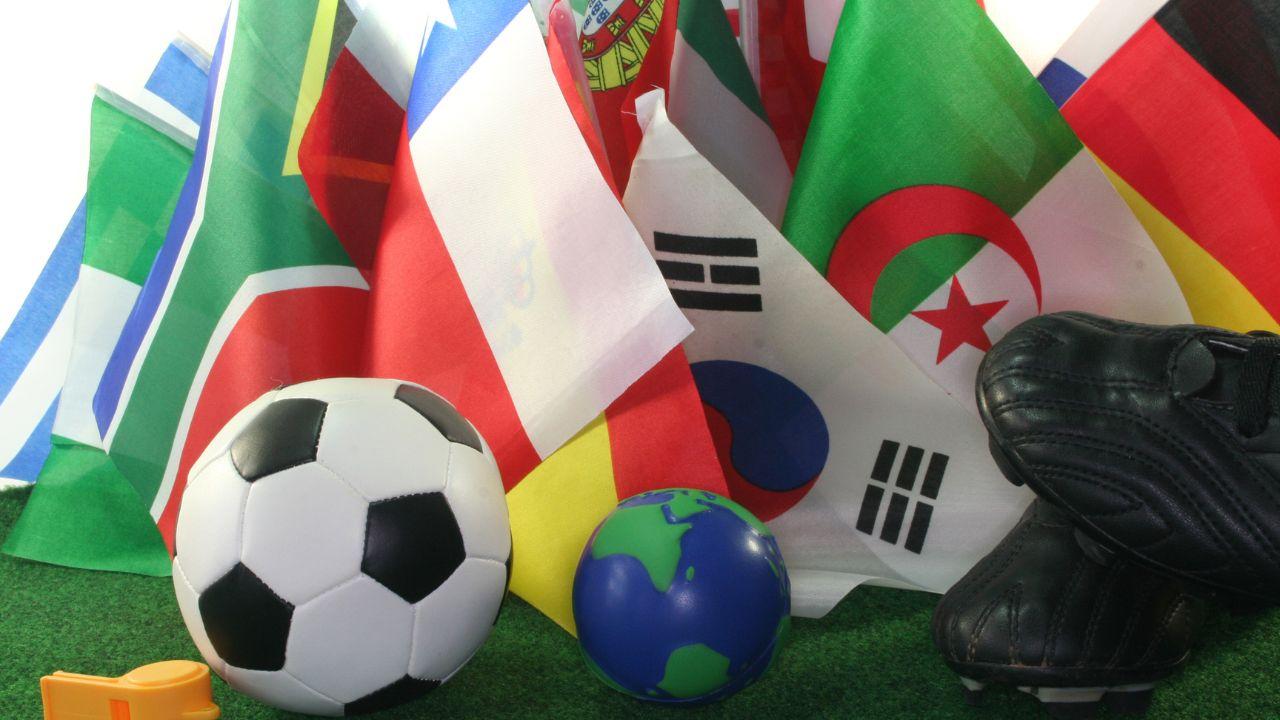



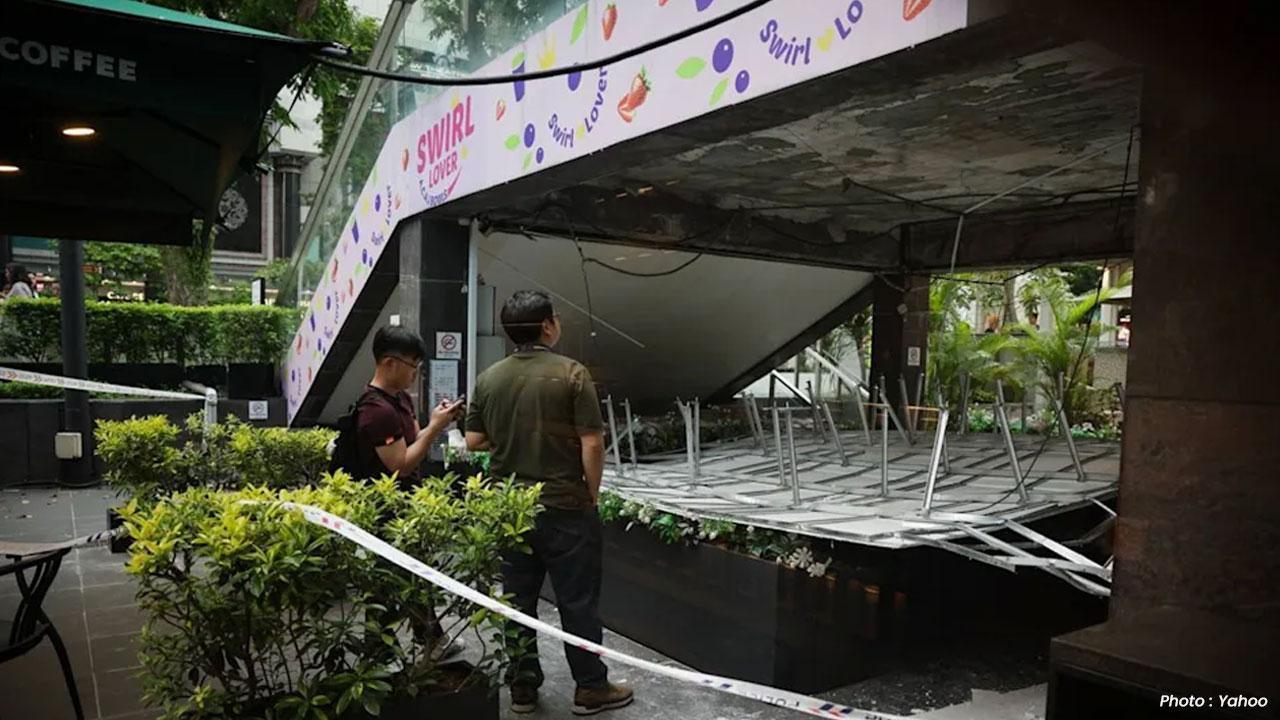
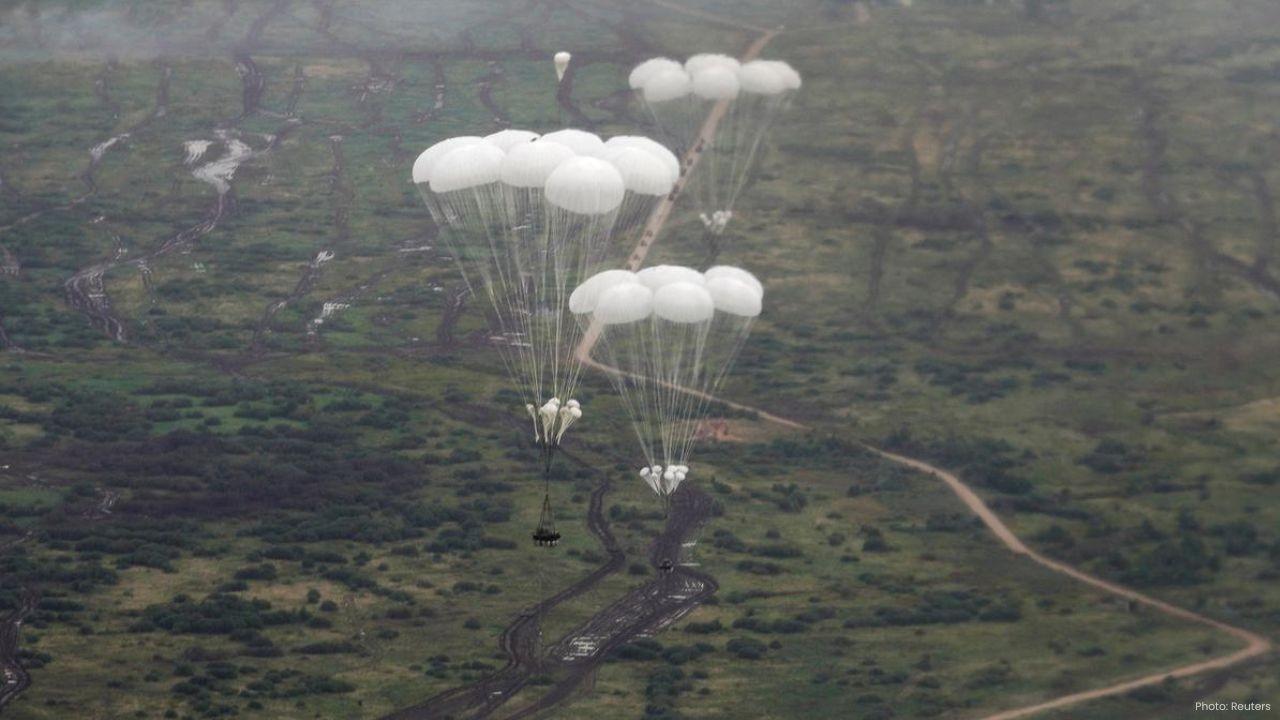


India Dominates UAE by 9 Wickets in Asia Cup 2025 Opener with Brilliant Bowling
India dominates UAE in Asia Cup 2025 opener, winning by 9 wickets with Kuldeep Yadav shining and a q
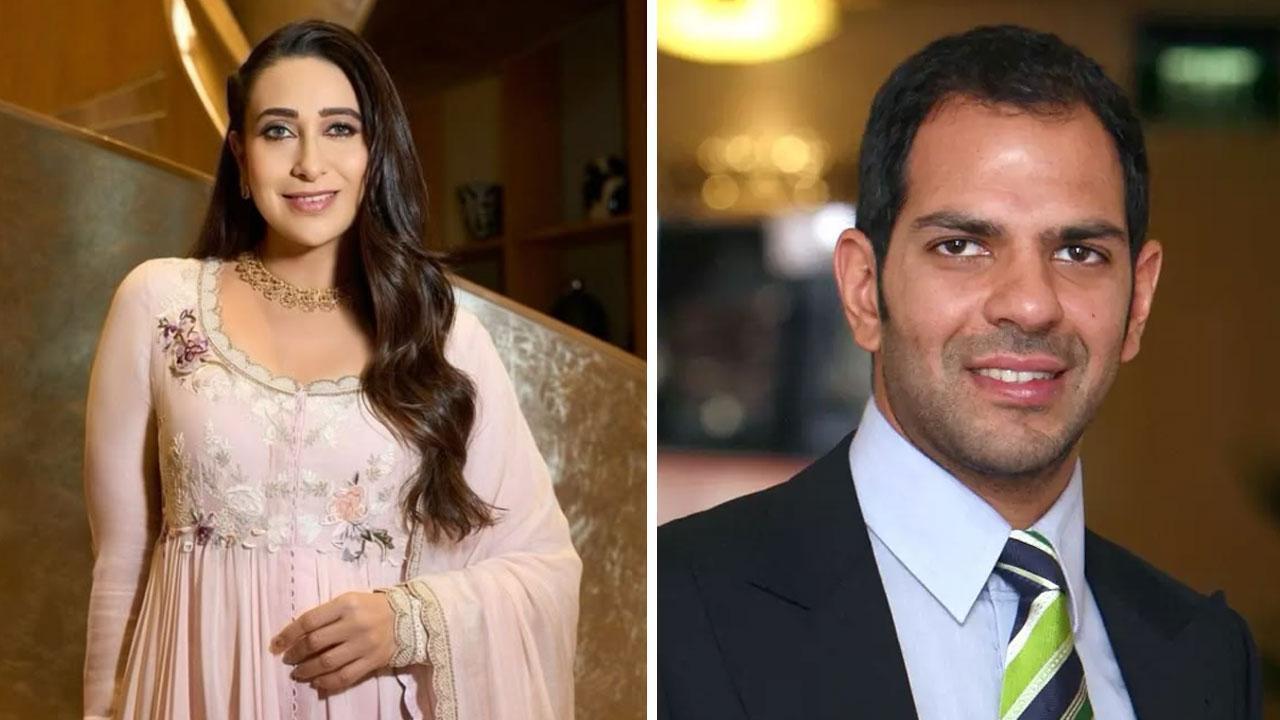
Karishma's Kids Get 1,900 Crore: Priya Kapoor Defends Sunjay Kapur Estate
Priya Kapur claims Karisma Kapoor’s children already received Rs 1,900 crore as court battle over Su
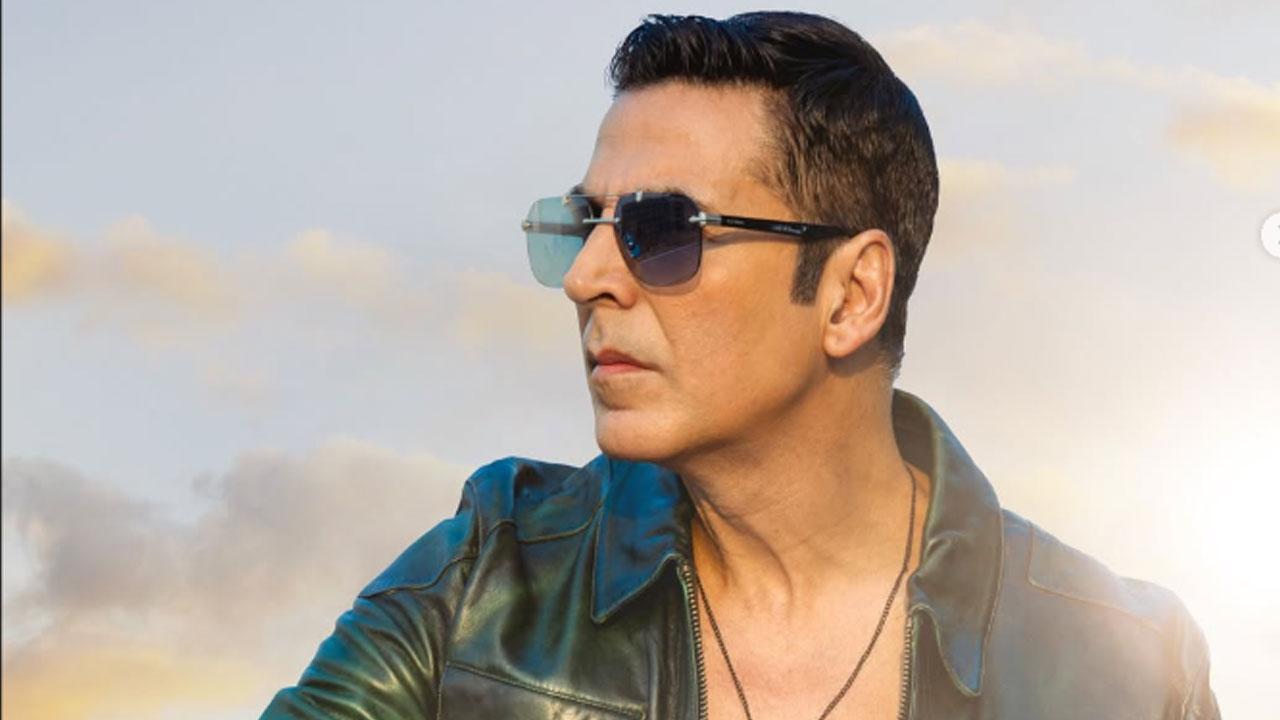
Akshay Kumar 58th Birthday Heartfelt Thanks to Fans and Colleagues
Bollywood star Akshay Kumar celebrates his 58th birthday with gratitude, thanking fans and colleague

Hina Khan Backs Ashnoor Kaur After Farhana Bhatt Bigg Boss 19 Remarks
Hina Khan supports Ashnoor Kaur after Farrhana Bhatt’s comment on Bigg Boss 19, sparking social medi

India Beats Korea 4-1 to Win Asia Cup 2025, Secures Spot in 2026 World Cup
India dominates Korea 4-1 in Asia Cup 2025 final, wins the title and qualifies for the 2026 Men’s Ho
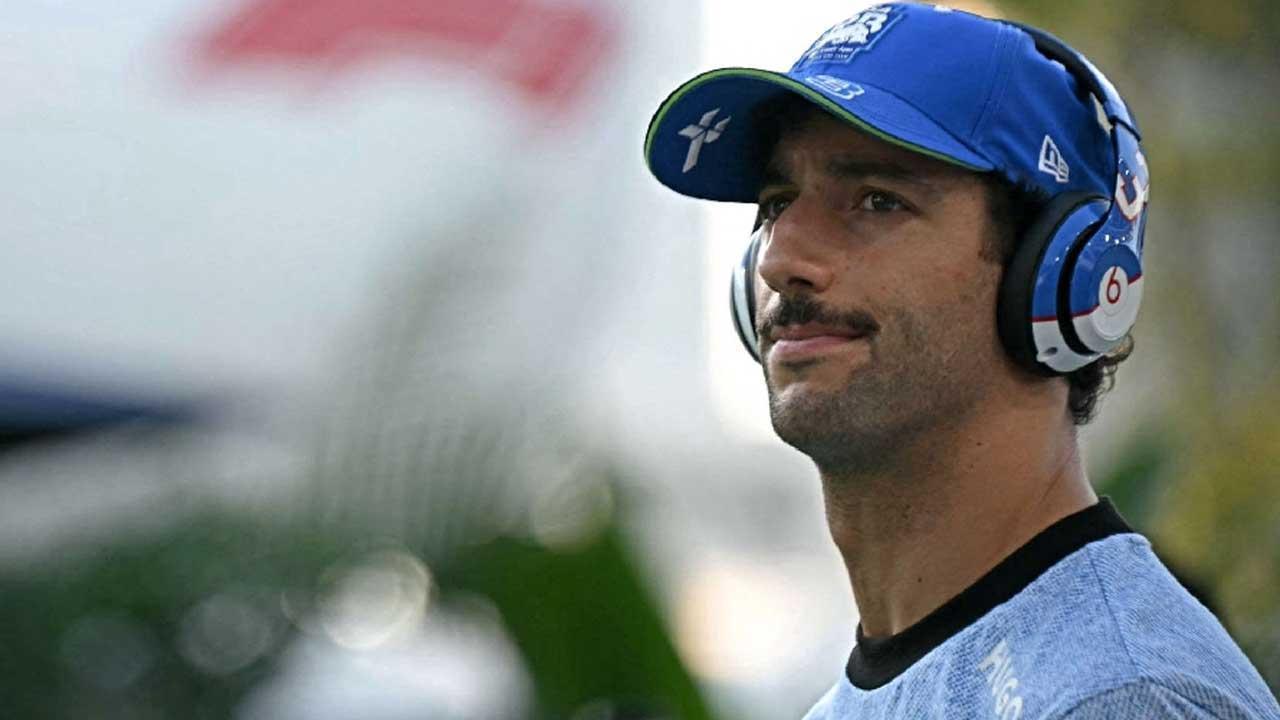
Daniel Ricciardo Retires from Racing, Joins Ford as Global Motorsports Ambassador
Daniel Ricciardo ends his racing career and becomes Ford’s Global Racing Ambassador, staying connect